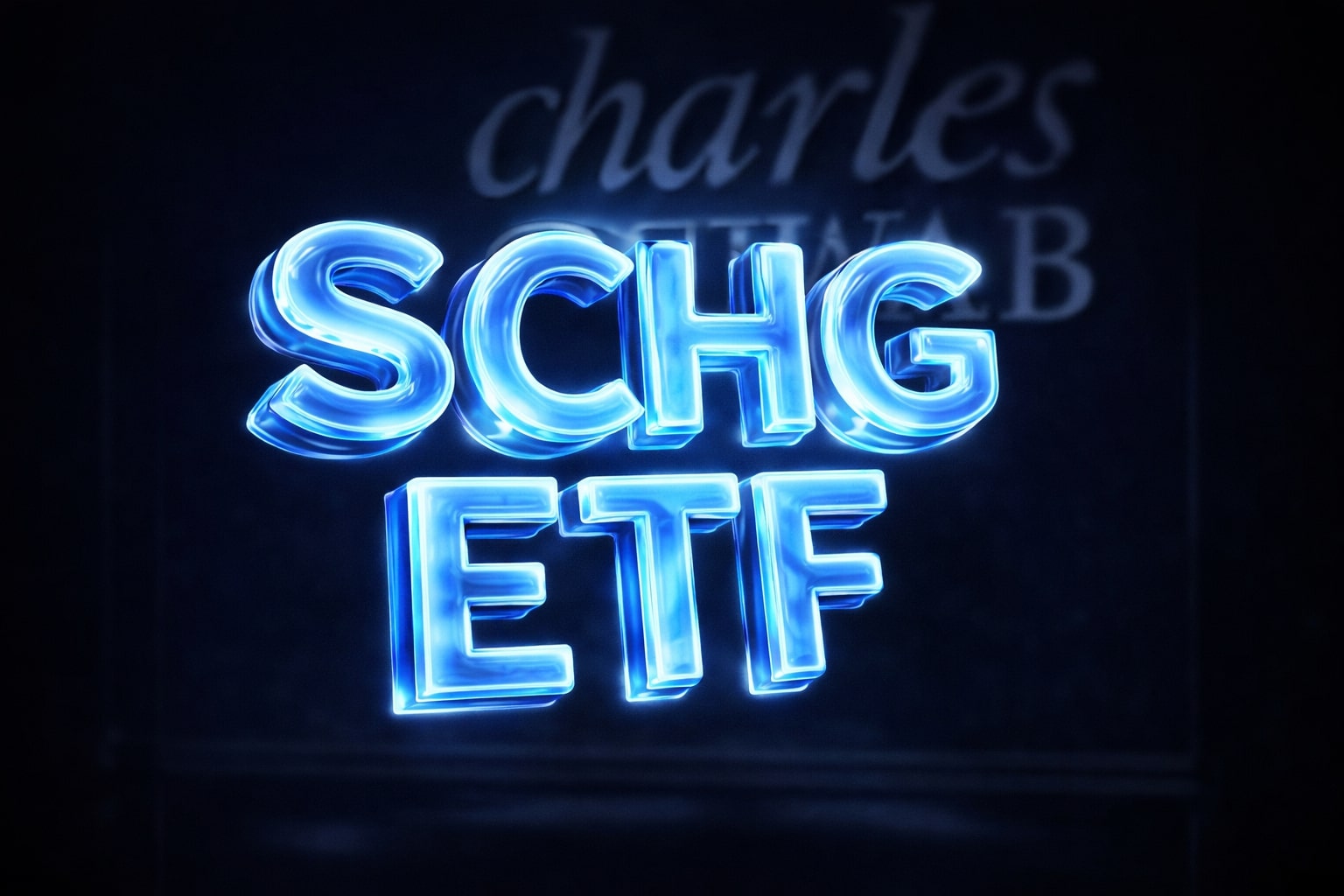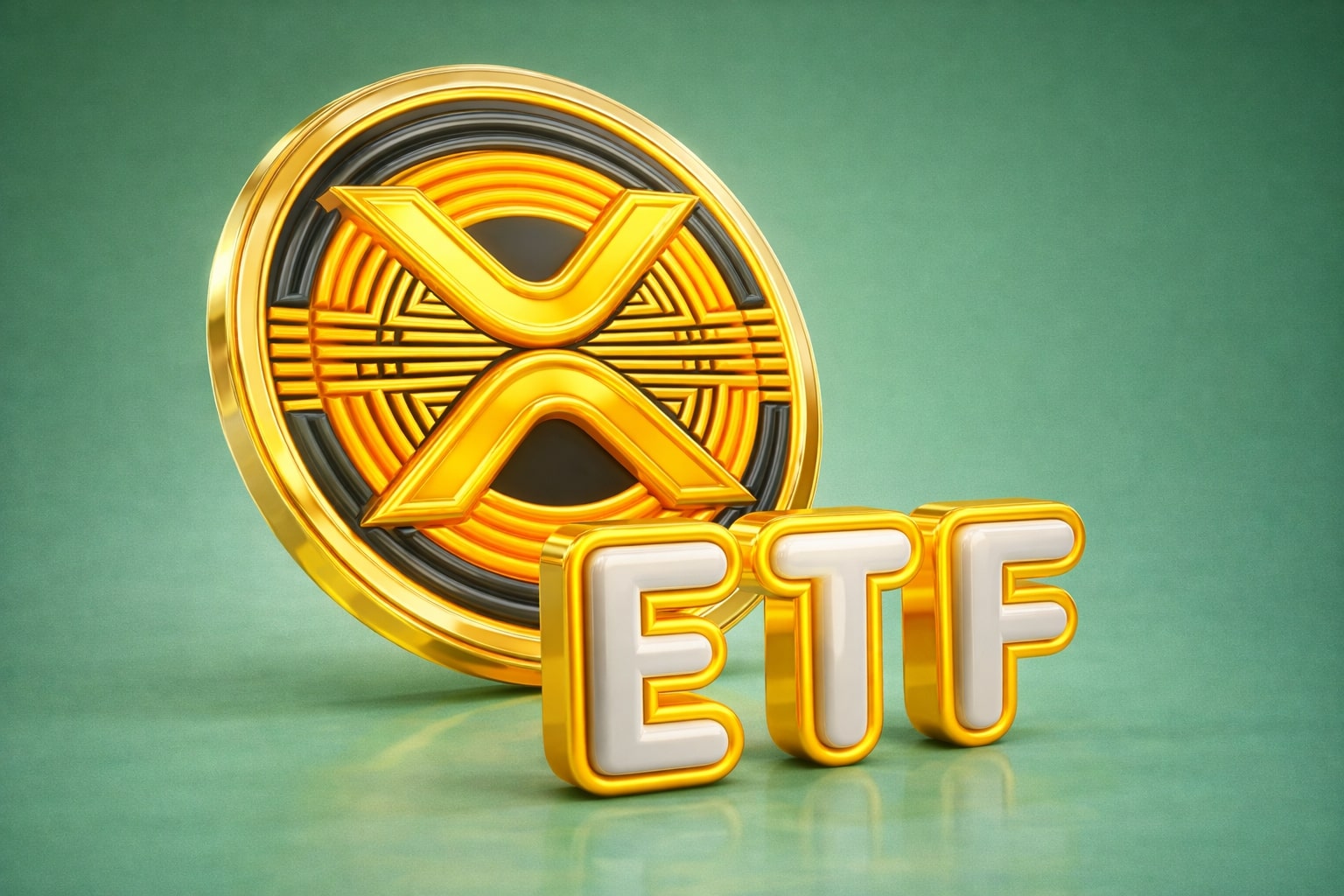
VanEck Vectors Gold Miners ETF (GDX)
Investment Prospects and Risks of the Gold Mining ETF Amid Fluctuating Gold Prices and Market Conditions | That's TradingNEWS
The VanEck Vectors Gold Miners ETF (ASX: GDX) is becoming an increasingly popular choice for investors looking to benefit from global gold mining companies. This ETF provides indirect exposure to fluctuations in gold prices by investing in companies that are primarily involved in gold mining. As of the latest reporting period, the GDX ETF had $390.44 million under management, comfortably surpassing the $100 million threshold we consider a de-risking factor for ETFs in the international shares sector.
However, like any investment, GDX has its costs. The annual management fee levied by VanEck stands at 0.53%. On an investment of $2,000, this would translate to around $10.60 in fees over a year. Though slightly above the average management fee of 0.51% for ETFs on the ASX, such marginal differences could significantly affect net returns in the long run.
Though the GDX ETF's performance is linked to gold prices, it is crucial to consider the overall health of the gold mining sector. Unfortunately, the industry has recently been showing signs of instability. Since May, the GDX has seen an 18% dip, coinciding with weakening momentum in gold prices which failed to sustain the $2,000 mark. The once robust free cash flows in the sector have also taken a hit, decreasing by 86% from their peak in 2021. This declining trend indicates the potential for further crashes in GDX.
The GDX ETF reflects the performance of the NYSE Arca Gold Mining Index, with the two largest holdings being Newmont (NEM) at 10.3% and Barrick Gold (GOLD) at 8.9%. These companies play a significant role in the ETF's dividend yield, currently sitting at a modest 1.6%. However, with free cash flows drying up across the sector, this yield is in danger of shrinking.
Meanwhile, gold prices continue to drop as real yields rise. As a consequence, even the current gold prices leave miners barely generating any free cash flows. The total free cash flows for the NYSE Arca Gold Mining Index stand at a mere $2.7 billion. A modest 10% decline in operating cash flows could easily push free cash flows into negative territory. This is particularly concerning given the delay with which gold mining costs respond to market changes, which could result in negative earnings in the coming months.
Despite a healthier balance sheet compared to 2015, the likelihood of negative free cash flows, decreased dividends per share, and an increase in equity issuance may spell trouble for GDX. In 2015, the ETF traded at just half of its current valuations when evaluated on price-to-book and price-to-sales ratios. This happened at a time when nominal and real borrowing costs were considerably lower than today.
Amid these potential headwinds, one might wonder why invest in GDX? The answer may lie in the potential late-cycle performance of gold. Despite the recent underperformance of gold, history shows that it tends to shine brighter in the second half of economic cycles. Thus, with the possibility of an extended inflationary period, gold might still have a crucial role to play. The recent surge of gold prices above the $2,000 level may be indicative of this shift.
While investing in physical gold might yield a modest 5% return, gold miners present a more appealing prospect. With gold prices back above $2,000 per ounce, miners, who are at the heart of GDX, are likely to see boosted profitability.
This is where the strength of GDX lies - its diversification across gold mining giants, like Newmont Corporation and Barrick Gold Corp. For instance, Newmont trades at 15 times its projected 12-month earnings, offering a potential 38% discount compared to its median analyst price target. Barrick Gold Corp, on the other hand, trades at a 30% discount to the median analyst price target with a price-to-book value of 1.3x, among the lowest for the North American market. Such significant discounts might present a lucrative opportunity for value investors.
Looking at the broader economic climate, I firmly believe that purchasing major gold mining enterprises will yield generous rewards as we approach a possible recession. A potential recession could lead central bankers worldwide to ease monetary policies and devalue paper currencies further. With an optimistic forecast of gold reaching $2500 to $3000 per ounce later this year into early 2024, leveraging upside through miners is a sound portfolio strategy. This prospect makes GDX, the largest miner ETF, an attractive investment, especially with the significant recent increase in the price of gold.
Remember, gold prices have grown by 7.5% compounded annually since 1965, and assuming this trend continues, profits will continue to roll in for the longest-life reserve, lowest-cost, and greatest ounce production majors - the core components of the GDX ETF.
GDX's Market Performance
As of mid-July 2023, the GDX ETF has suffered an 18% drop since its high point in May. This decline is noteworthy given that it's double the decrease observed in gold prices within the same time frame. A building downward momentum in gold prices, combined with the failure to sustain the $2,000 mark, suggests that GDX may face additional hurdles moving forward.
The fundamental basis of this ETF, the NYSE Arca Gold Mining Index, consists of global companies engaged primarily in gold mining activities. The companies with the largest weighting on this index are Newmont (NEM) and Barrick Gold (GOLD), contributing 10.3% and 8.9% respectively. These two firms are significant contributors to the GDX's dividend payments, which offer a yield of 1.6%. Yet, as free cash flows in the sector continue to diminish, this already modest yield faces potential shrinkage.
The GDX's expense ratio, the annual fee that all funds or ETFs charge their shareholders, stands at 0.51%. Although this seems minute, it can substantially impact long-term returns.
Gold Price Fluctuations and Impact on GDX
In recent years, gold prices have demonstrated a divergence from their fair value as dictated by inflation-linked bond yields. This divergence began to normalize as gold prices trended downward, but concurrently, the fair value of gold continued its decline due to increasing pressure on real yields.
On a more granular level, gold's overvaluation is even more pronounced when comparing it with the yield on shorter-term inflation-linked bonds. As of now, short-term real yields stand at a staggering 3.6% as short-term rates persistently rise while inflation expectations for the year ahead have fallen below 2%. If investors begin to scale back their anticipations of rate cuts in the forthcoming years, long-term real yields may surge, negatively affecting gold's fair value, and by extension, gold prices.
Gold Mining Sector's Financial Health
A critical factor to consider when investing in gold mining ETFs like GDX is the financial health of the gold mining sector. While the sector's balance sheet is in a better state than it was in 2015, the outlook is not wholly optimistic. The impending threat of negative free cash flows, diminishing dividends per share, and a potential rise in equity issuance could precipitate a crash in the GDX. This assumption gains weight when considering that the 2015 crash occurred when both nominal and real borrowing costs were significantly lower than today's figures.
GDX's Future Prospects
Despite the concerning downward trend, the GDX ETF has just risen above its 200-day moving average, indicating potential positive momentum. There are several compelling reasons why GDX may be an attractive investment at this juncture.
Firstly, gold prices have just breached the $2,000 mark for the first time in five years. This price trend, along with historical data showing gold as a "second-half player" in inflationary cycles, suggests that we may be just stepping into the middle innings of the current inflationary period. If this holds true, gold prices may continue their upward trajectory.
Secondly, demand for gold is primarily driven by emerging markets, particularly the demand for jewelry. Economic challenges are unlikely to influence this demand significantly, as gold is available in finite quantities. As gold prices climb above $2,000 an ounce, gold miners, who form the core of GDX, are likely to see increasing profitability.
GDX vs. Spot Gold
Another compelling argument in favor of gold miners as opposed to spot gold lies in the percentage profitability. While physical gold prices may see a potential increase of 5%, miners stand to gain significantly more, especially with gold prices above $2,000.
To conclude, the VanEck Gold Miners ETF, being the largest miner ETF with a considerable history, offers an interesting opportunity for investors, particularly those seeking exposure to gold. Despite its recent underperformance, a variety of factors, including increased gold prices and demand, point to potential profitability. However, it's crucial to understand the associated risks, including declining free cash flows and potential changes in interest rates, which could significantly impact the performance of the GDX.
Read More
-
SCHG ETF Near $33 High As AI Giants Drive 19% 2025 Rally
01.01.2026 · TradingNEWS ArchiveStocks
-
XRP-USD Stuck At $1.87 As XRPI Near $10.57 And XRPR Around $14.98 Despite $1.16B ETF Wave
01.01.2026 · TradingNEWS ArchiveCrypto
-
Natural Gas Price Forecast - NG=F Slides Toward Key $3.57 Support As Ng=F Extends 33% Drop
01.01.2026 · TradingNEWS ArchiveCommodities
-
USD/JPY Price Forecast - Yen Near 156 As Fed Cuts Meet Boj Hawkish Turn
01.01.2026 · TradingNEWS ArchiveForex


















